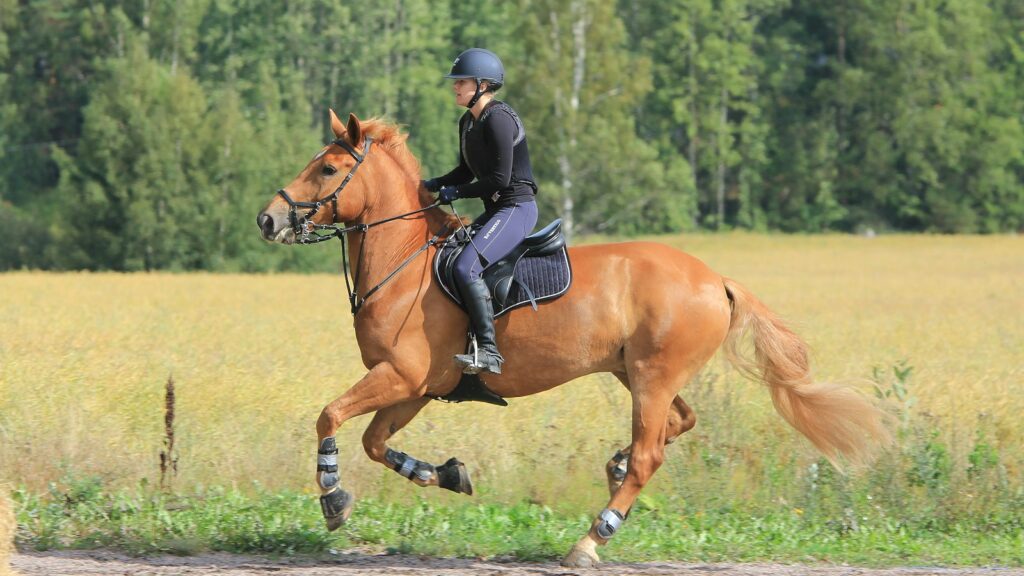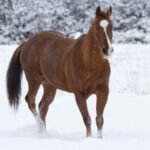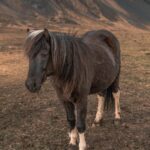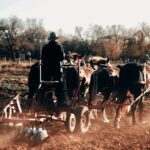In the diverse world of equestrian pursuits, horse breed preferences often reveal much about a rider’s personality, goals, and values. Rare horse breeds, those with limited populations or restricted geographic distribution, inspire passionate devotion in some equestrians while others remain firmly committed to more common breeds. This divide isn’t merely about aesthetics or trend-following—it reflects deeper considerations about heritage preservation, performance requirements, and personal connection. As equine enthusiasts worldwide face the reality of dwindling genetic diversity among horses, the choice to champion rare breeds or stick with established favorites becomes increasingly meaningful. Whether you’re drawn to the distinctive silhouette of a Caspian horse or prefer the predictable performance of a Quarter Horse, understanding the perspectives on both sides of this equestrian debate offers valuable insight into the complex relationship between humans and these magnificent animals.
The Appeal of Historical Connection
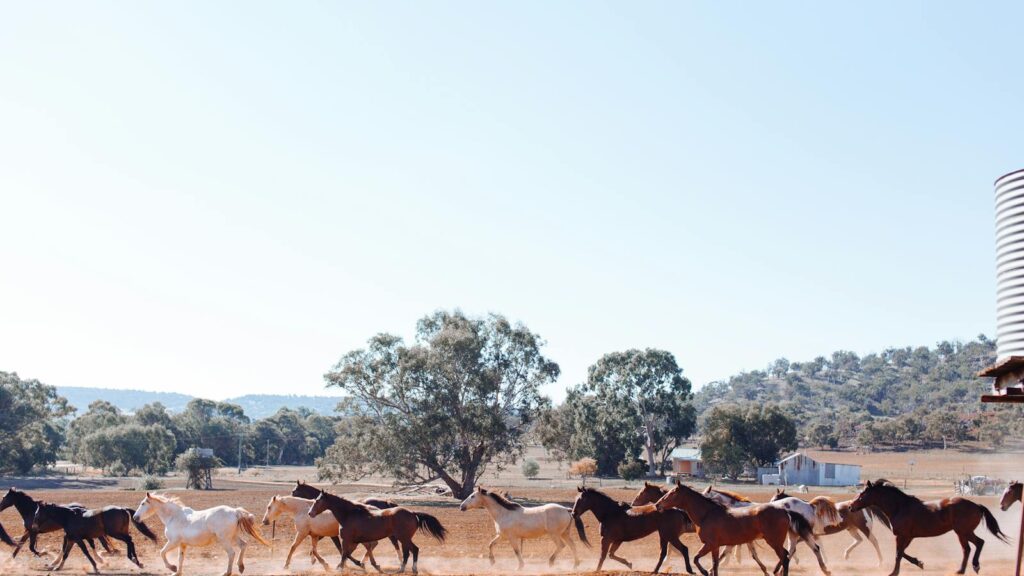
Rare breed enthusiasts often cite a profound connection to history as a primary motivation for their passion. Many endangered horse breeds represent living links to particular historical periods, cultural traditions, or working practices that might otherwise be forgotten. The Cleveland Bay, Britain’s oldest native horse breed, carries the legacy of medieval pack horses and later became prized carriage horses for the aristocracy. For riders drawn to these breeds, each training session or trail ride becomes a tangible connection to generations past. This historical dimension adds layers of meaning beyond the simple pleasure of riding, creating a sense that they’re participating in a living museum of equine heritage. Preservationists often describe feeling like stewards rather than merely owners, bearing responsibility for maintaining genetic lines that have survived centuries of changing human needs.
Conservation as Motivation
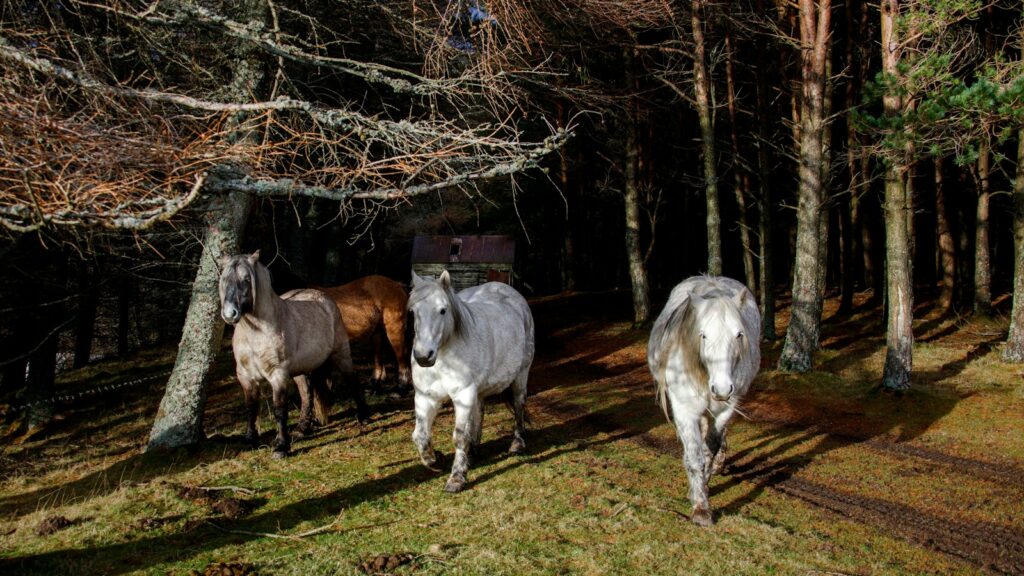
For many rare breed advocates, the choice to ride and breed uncommon horses stems from a commitment to biodiversity conservation. With industrialization and agricultural mechanization drastically reducing working horse populations worldwide, many once-common breeds now teeter on the edge of extinction. The Hackney horse, once prevalent throughout England, now has fewer than 300 breeding mares globally—making each new foal crucial to the breed’s survival. Riders who choose these endangered breeds often view their involvement as an act of environmental stewardship, recognizing that once genetic diversity is lost, it cannot be recovered. Conservation-minded equestrians frequently participate in formal preservation programs, carefully planning breedings to maintain genetic diversity while avoiding the risks of inbreeding. Their commitment often extends beyond their own animals to advocacy, education, and fundraising for breed survival on a larger scale.
Unique Characteristics and Adaptability
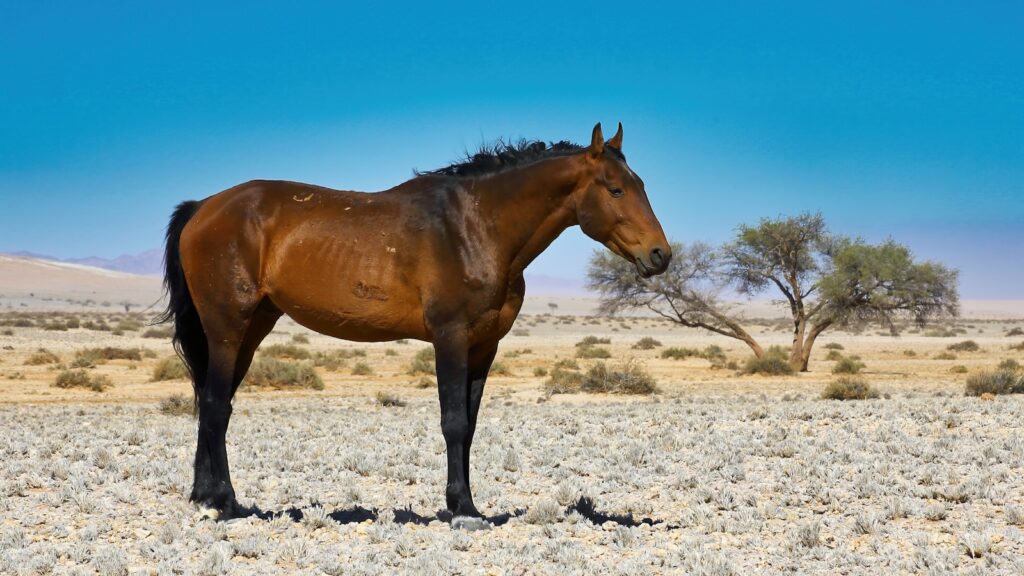
Rare breeds often possess distinctive characteristics that developed in response to specific environmental conditions or working demands, making them uniquely suited to certain activities or regions. The Icelandic horse, while not endangered, represents this adaptability with its thick winter coat and five gaits that evolved to traverse Iceland’s challenging volcanic terrain. Similarly, the critically endangered Colonial Spanish Mustang carries genetic adaptations for survival in harsh North American deserts. Enthusiasts value these specialized traits that might include exceptional endurance, natural surefootedness, or unusual gaits not found in more common breeds. For riders in specific geographic regions or with particular riding interests, these adaptations can make rare breeds functionally superior to more popular alternatives. The Canadian horse, nearly extinct in the 1970s, is now experiencing renewed interest precisely because of its legendary hardiness, intelligence, and versatility in harsh winter conditions.
The Challenge of Predictability
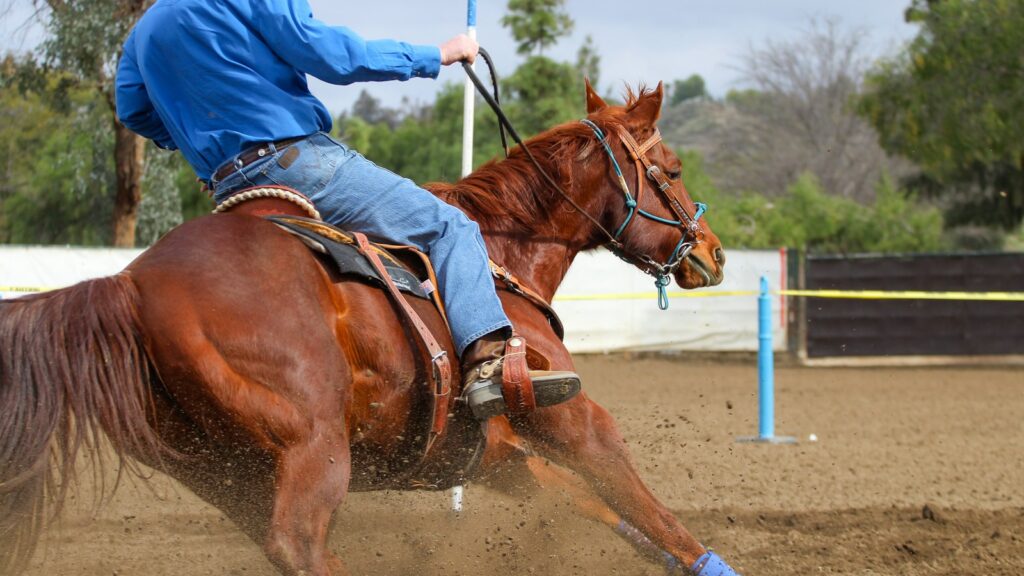
Those who prefer mainstream breeds often cite predictability as their primary rationale, especially in competitive disciplines. Standardized breeds with extensive performance records and highly selective breeding programs offer riders a clearer picture of potential abilities and temperament. A rider purchasing a Hanoverian for dressage or a Quarter Horse for reining can reasonably predict the animal’s aptitude based on pedigree and breed standards. Rare breeds, with smaller populations and often less specialized breeding programs, may present more variables in terms of sporting potential. This unpredictability can be particularly problematic for professional riders whose livelihoods depend on consistent performance outcomes. Competitors frequently note that while they admire conservation efforts, the practical realities of their sport necessitate choosing animals bred specifically for their discipline with generations of relevant performance data.
Financial Considerations and Value
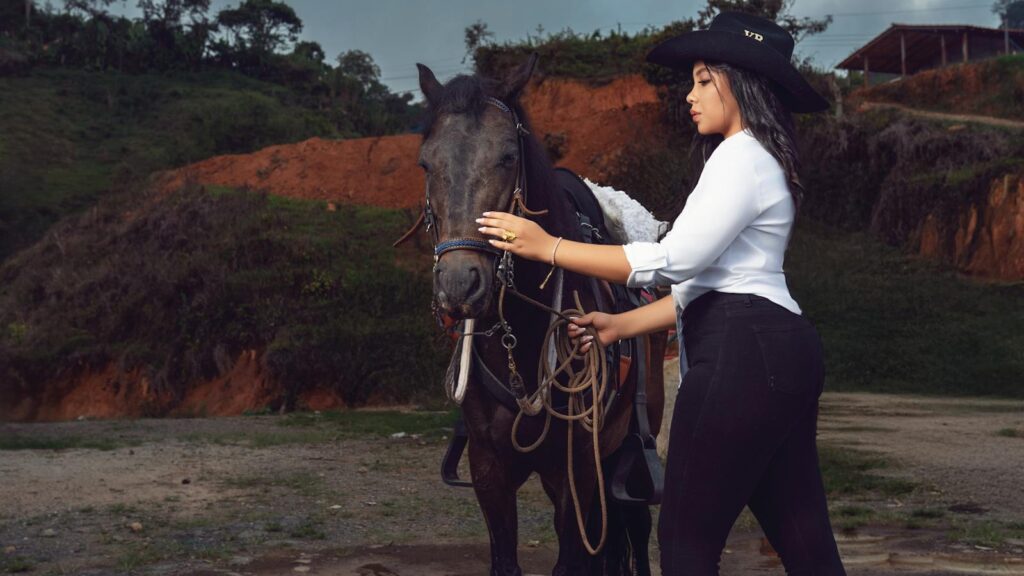
The economics of rare breed ownership presents both challenges and opportunities that influence rider preferences. Initial purchase prices for rare breeds vary dramatically—some command premium prices due to scarcity, while others remain affordable because they lack competitive cachet. The Akhal-Teke, with its metallic coat and ancient lineage, often fetches prices comparable to elite warmbloods despite limited competitive records in Western disciplines. Conversely, maintenance costs for rare breeds can sometimes exceed those of common breeds, particularly when specialized knowledge or care is required. Resale markets for unusual breeds tend to be smaller, making investment recovery less certain when life circumstances change. However, some rare breed enthusiasts discover financial advantages through niche marketing, breed-specific competitions, or cultural heritage events that specifically showcase these animals.
Training Challenges and Expectations
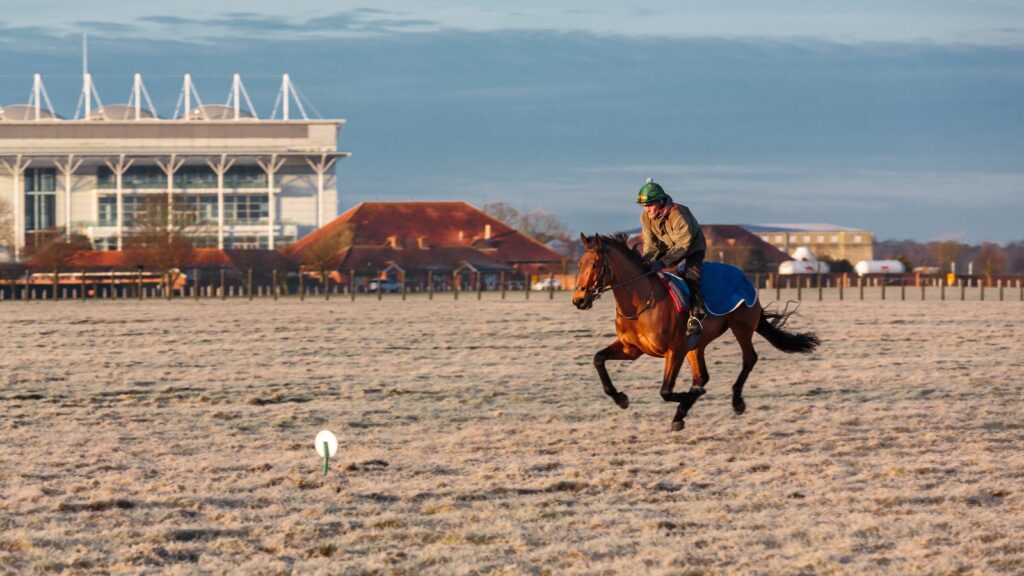
Training approaches often factor significantly into breed preferences, creating natural affinity between certain rider types and specific breeds. Many rare breeds retain stronger natural instincts and traditional behaviors that demand more adaptive, relationship-based training approaches. The Exmoor pony, one of Britain’s oldest and rarest native breeds, typically requires patient, consistent handling that respects their highly developed survival instincts. Riders accustomed to the standardized responses of breeds intensively selected for trainability might find these stronger expressions of natural behavior frustrating or challenging. Conversely, trainers who enjoy developing individualized approaches for each horse often find rare breeds intellectually stimulating and rewarding. Their training philosophy may already align with the preservation of natural behaviors and working attributes that define many heritage breeds.
Community and Identity

The social dimension of horse ownership significantly influences breed choices, with both rare breed enthusiasts and mainstream breed advocates finding community through their preferences. Rare breed owners often describe a tight-knit, almost familial connection with fellow enthusiasts who share their commitment to preservation. These communities frequently organize specialized events, maintain detailed communal knowledge of bloodlines, and support one another through shared resources. The Fell Pony Society exemplifies this community spirit, bringing together owners across continents to celebrate and preserve this endangered British native breed. For some riders, the choice of a rare breed becomes part of their personal identity and values statement—a deliberate step away from mainstream equestrian culture. This social dimension can provide powerful reinforcement for the choice to work with uncommon breeds despite practical challenges.
Performance Expectations and Competitive Edge
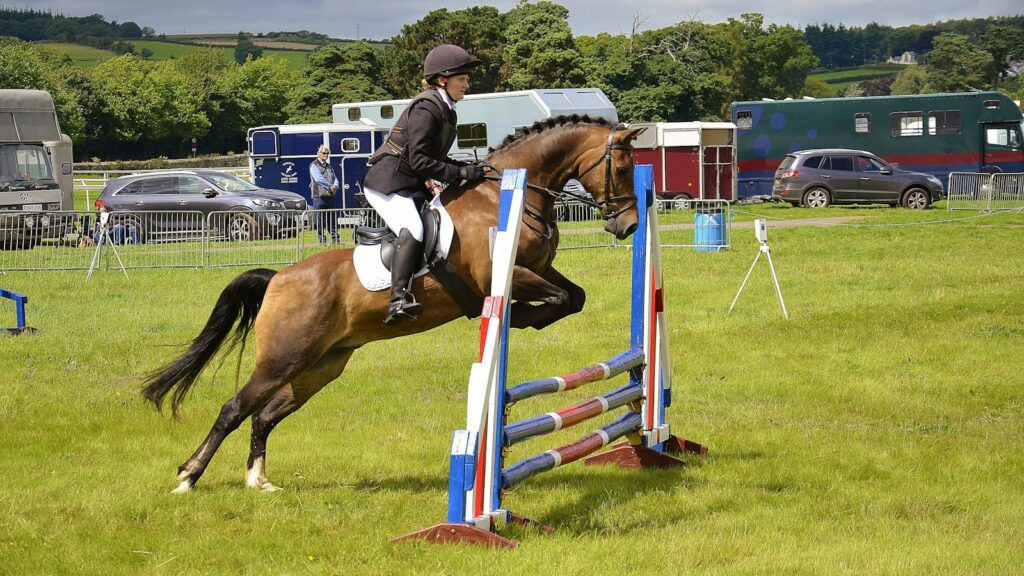
Competition-focused riders often hesitate to choose rare breeds due to concerns about competitive viability at higher levels. Most equestrian sports have evolved alongside specific breeds that dominate particular disciplines—Thoroughbreds and warmbloods in jumping, Quarter Horses in Western events, and Arabians in endurance. These specialized breeds have undergone intensive selection for traits that enhance performance in their respective disciplines, often creating physiological advantages. The Lipizzan, while historic and specialized, rarely competes successfully against modern warmbloods in Grand Prix dressage despite their classical training heritage. Competitive riders must often make practical choices aligned with their sporting goals, even if they appreciate rare breeds aesthetically or philosophically. However, some rare breeds are finding competitive niches where their unique attributes shine—Akhal-Tekes in endurance and Cleveland Bays in driving, for example.
Infrastructure and Resource Accessibility
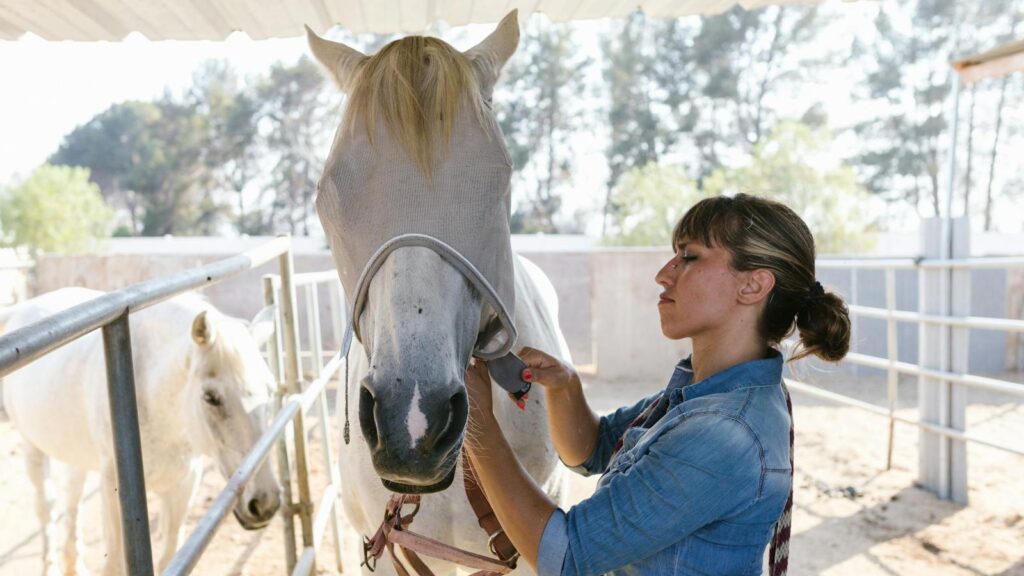
Practical accessibility to breed-specific knowledge, services, and resources plays an often-overlooked role in breed preferences. Owners of common breeds benefit from extensive infrastructure—trainers experienced with the breed’s typical learning patterns, veterinarians familiar with breed-specific health concerns, and readily available equipment designed for their conformation. The American Quarter Horse owner can easily find specialized training clinics, breed-specific tack, and knowledgeable farriers almost anywhere in North America. Rare breed owners frequently describe challenges finding professionals who understand their horses’ unique needs, sometimes traveling significant distances for appropriate services. This infrastructure gap creates particular challenges for novice riders who might lack the experience to adapt general horsemanship principles to breed-specific needs. Some equestrians deliberately choose mainstream breeds simply because the support network makes horse ownership more straightforward and less isolating.
Cultural Heritage and Regional Identity
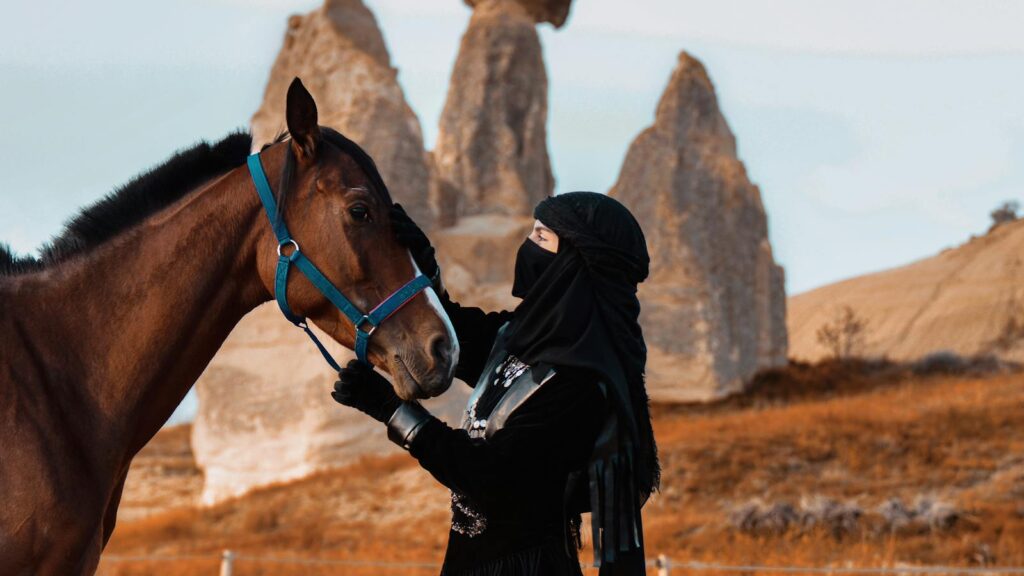
Cultural heritage often powerfully influences breed preferences, particularly in regions where specific horses played historic economic or social roles. The Marsh Tackie of the South Carolina coast represents more than just a rare breed—it embodies the cultural history of the Gullah Geechee people and their agricultural practices. Riders with connections to particular cultural traditions may choose breeds that strengthen their ties to personal heritage or regional identity. This cultural dimension can transform horse ownership from a recreational activity into a meaningful expression of cultural continuity and respect for ancestral knowledge. In countries with strong equestrian traditions, rare native breeds often receive governmental support and cultural celebration that enhances their appeal to patriotic riders. Spain’s protection of the Pura Raza Española and Mongolia’s veneration of their native horses illustrate how cultural significance can motivate breed preservation beyond practical considerations.
Handling Temperament Differences

Temperament preferences significantly influence breed choices, with riders often gravitating toward horses whose behavioral tendencies match their handling style and comfort level. Many rare breeds retain stronger self-preservation instincts and independent thinking compared to breeds selectively bred for trainability and compliance. The Przewalski’s horse, the only truly wild horse remaining, exemplifies this independent nature even in its domesticated relatives. Riders who value predictable responses and consistent behavior patterns often prefer breeds with generations of selection for these traits, finding heritage breeds unnecessarily challenging. Conversely, equestrians who enjoy problem-solving and developing individualized communication systems frequently appreciate the intelligence and independence common in many rare breeds. This temperament compatibility creates natural affinities between certain rider personalities and specific breed types that transcend other considerations.
The Influence of Trend and Visibility
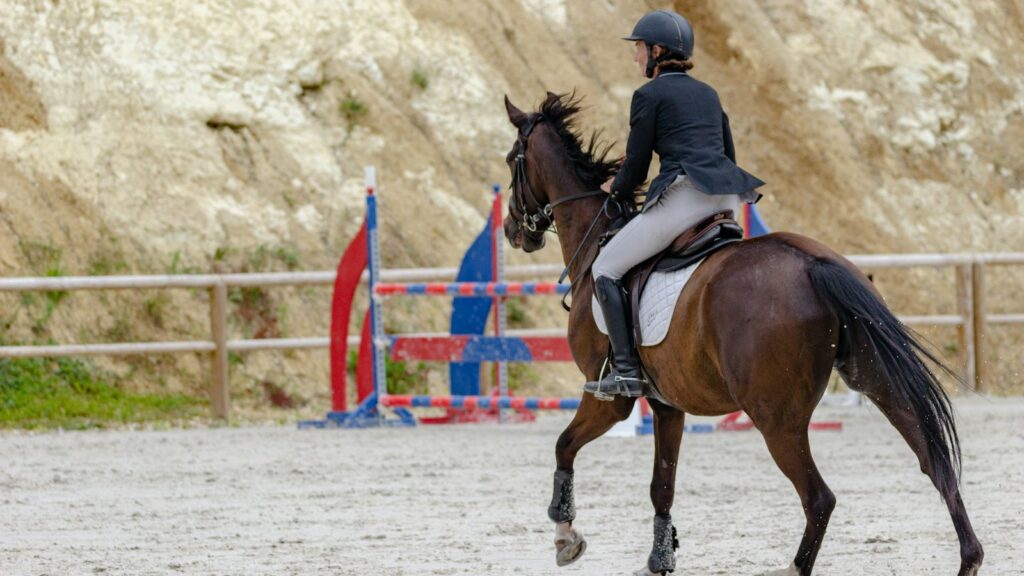
The visibility of breeds in media, competition, and popular culture significantly impacts rider preferences, often working against rare breed popularity. Olympic disciplines showcase specific breed types that become aspirational for developing riders who naturally want to emulate their heroes. The ubiquity of Thoroughbred crosses in eventing or Dutch Warmbloods in international dressage creates visibility that self-perpetuates these breeds’ popularity. Rare breeds, by definition, appear less frequently in high-profile settings, remaining invisible to many potential enthusiasts who simply haven’t encountered them. Social media has somewhat leveled this playing field, with dedicated breed advocates showcasing unusual breeds to global audiences. The striking Friesian, once endangered, has leveraged its dramatic appearance to gain popularity through film appearances and viral videos. This demonstrates how increased visibility can transform breed trajectories when distinctive qualities capture public imagination.
Finding Middle Ground
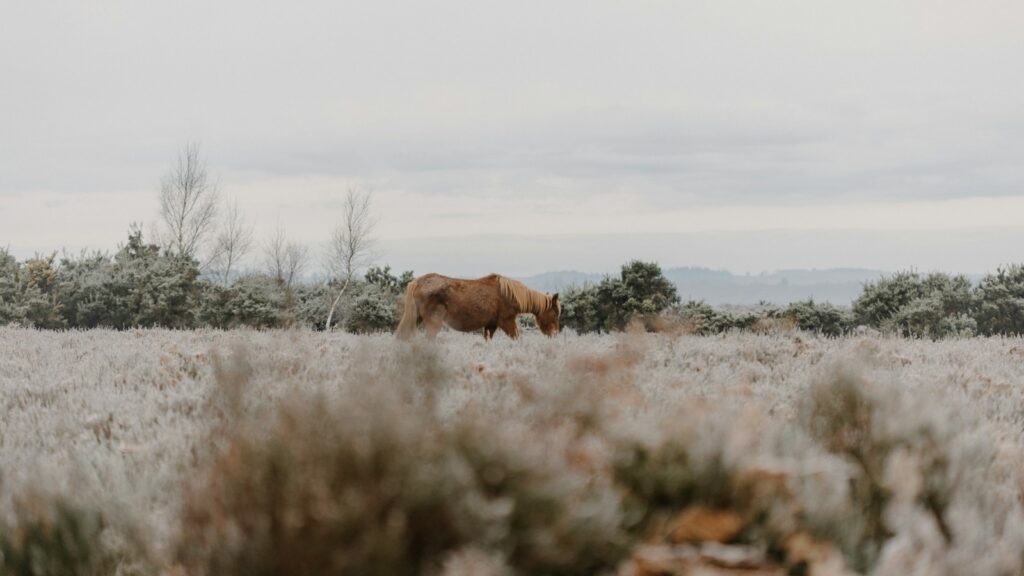
Many thoughtful equestrians find ways to balance competition needs with conservation values, developing nuanced approaches to breed choices. Some riders maintain one mainstream breed for competitive pursuits while simultaneously supporting rare breed conservation through secondary horses, breeding programs, or financial contributions to preservation organizations. Versatile rare breeds sometimes serve as excellent amateur or youth horses alongside specialized competition mounts within the same household. The American Livestock Breeds Conservancy promotes this balanced approach, encouraging equestrians to incorporate heritage breeds into appropriate segments of their horse activities. Sport horse breeders increasingly introduce rare breed bloodlines to create specialized crosses that maintain genetic diversity while enhancing competitive traits. These creative compromises demonstrate that the choice between rare and common breeds need not be binary for committed equestrians.
conclusion
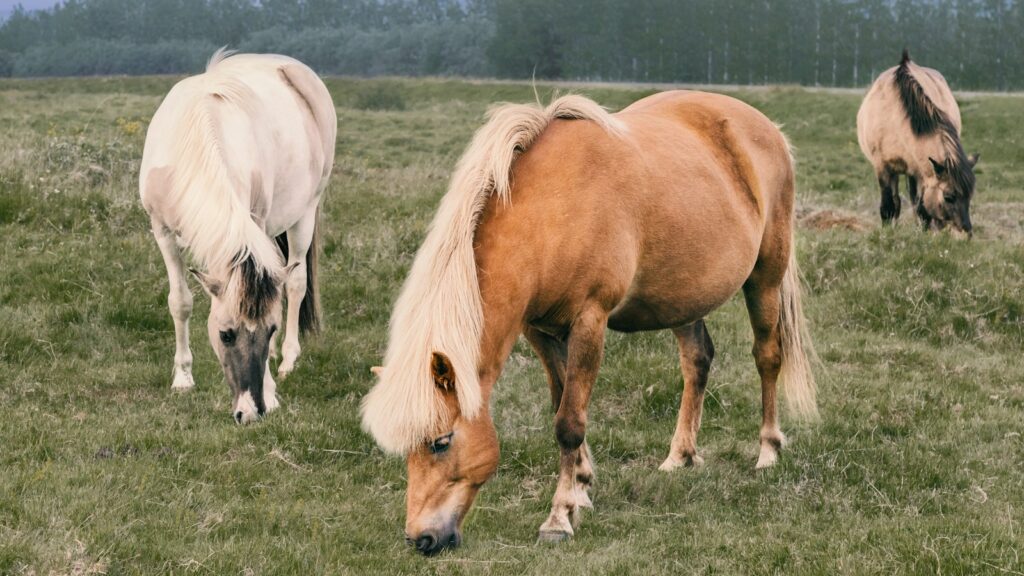
The divide between rare breed enthusiasts and mainstream breed advocates reflects the diverse values, practical needs, and personal connections that define equestrian culture. Conservation-minded riders find profound satisfaction in preserving living history and genetic diversity, while competition-focused equestrians make practical choices aligned with their sporting goals. Both perspectives contribute valuable dimensions to the human-horse relationship—one honoring heritage and diversity, the other driving athletic advancement and specialized development. As equestrians continue navigating these choices, the most productive approach may be mutual respect and recognition that different riding objectives naturally lead to different breed preferences. The horse world is richer for both the careful preservation of rare breeds and the continued refinement of specialized competition horses, each fulfilling important roles in our enduring partnership with equines.

